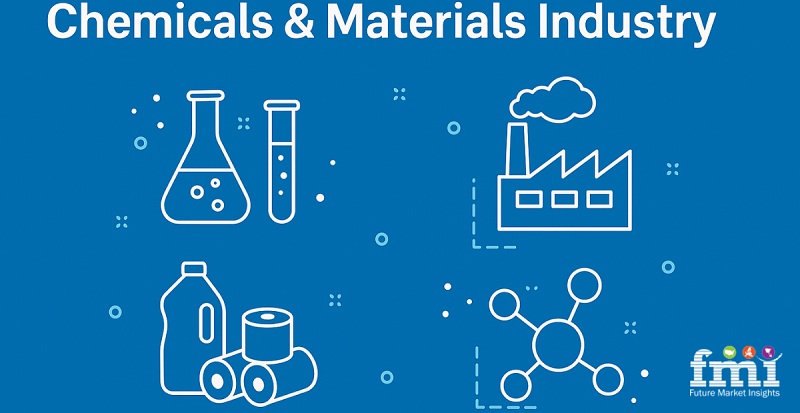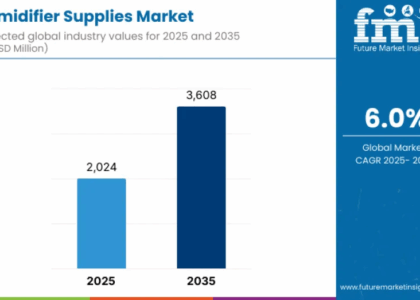Introduction: Anti-Seize Compounds as Silent Guardians
The global Anti-seize Compounds Market plays a subtle yet essential role in industrial maintenance. Known for preventing galling, corrosion, and seizing between metal surfaces, these compounds are widely used in oil & gas, marine, automotive, and heavy manufacturing industries. While their traditional purpose remains intact, modern applications are driving new innovations. A relatively unexplored development is the integration of anti-seize compounds into smart maintenance and predictive diagnostics—enabling industrial assets to self-report wear, chemical degradation, and thermal shifts in real time.
From Passive Lubricants to Active Maintenance Components
Historically, anti-seize compounds were simple mixtures of metallic particles (like copper, aluminum, or nickel) dispersed in a grease base. Their primary job was to ease disassembly and prevent metal-to-metal contact under high temperature or corrosive conditions. However, recent technological shifts have prompted manufacturers to explore more intelligent and adaptive formulations.
Request Report Sample: https://www.futuremarketinsights.com/reports/sample/rep-gb-7203
Today, next-generation anti-seize materials are being engineered to act not only as barriers but also as sensors. Some variants include additives that interact with predictive maintenance systems, changing characteristics (such as color, conductivity, or resistance) based on external stressors. This transformation elevates their function from passive protectors to active diagnostic tools—especially useful in environments where manual inspection is limited or expensive.
Smart Applications in Wind Energy and Aerospace
The wind energy sector provides a prime example of the evolving functionality of anti-seize compounds. Maintenance on offshore turbines is highly complex and costly. New formulations with enhanced thermal conductivity are applied to bolts on turbine blades and base plates to evenly dissipate temperature and resist micro-seizing caused by constant load changes. Some compounds are infused with smart pigments that undergo visual changes under specific pH or temperature conditions—helping engineers remotely assess material degradation.
Similarly, in aerospace manufacturing, anti-seize materials are being customized for use with lightweight titanium and composite alloys, where traditional greases may fail or cause galvanic corrosion. These formulations offer precise friction coefficients, ensuring uniform torque across fasteners and reducing the risk of structural failure during flight. NASA and military aerospace programs have reportedly developed compounds that resist vacuum outgassing and can function under extreme cryogenic temperatures.
Anti-Seize in Nuclear and Semiconductor Sectors
Another niche but critical application of anti-seize compounds is in nuclear reactors and semiconductor fabrication environments. In nuclear facilities, maintenance protocols demand materials that can withstand both radiation and extreme thermal cycling. Specialized anti-seize formulations using nickel and molybdenum have proven effective in such settings, where metallic threading is exposed to long-term heat flux and radiation without room for failure.
Browse the Complete Report: https://www.futuremarketinsights.com/reports/anti-seize-compounds-market
In semiconductor cleanrooms, where contamination can destroy entire product batches, anti-seize compounds must be non-outgassing and chemically inert. High-purity PTFE-based materials are being adopted that offer both low friction and zero particulation. These compounds are now being developed with additional ESD (electrostatic discharge) protection capabilities, offering dual functionality in highly sensitive environments.
Influence of Regulatory and Environmental Pressures
With stricter environmental guidelines on VOC emissions and heavy metals, manufacturers are now compelled to produce eco-friendly anti-seize compounds. Copper and lead-based products, once industry standards, are being phased out in many regions due to their environmental impact. Instead, bio-based and water-dispersible alternatives are being tested that provide similar performance with minimal ecological footprint. Such changes also align with global sustainability goals, allowing industrial plants to meet ISO 14001 compliance without compromising maintenance reliability.
Market Outlook and Growth Projections
The Anti-seize Compounds Market is expected to experience stable growth, driven by demand from evolving industries and an increasing need for maintenance optimization. Industry analysts predict anti-seize compound sales to expand from their 2025 value of USD 201.9 million to USD 298.9 million in 2035 at a 4% annual rate throughout the forecast duration.
Growth is also being supported by aftermarket sales in automotive repair, especially electric vehicles (EVs), where torque-sensitive fasteners and thermally stressed assemblies benefit from specialized anti-seize products. The rise in e-mobility and advanced manufacturing ecosystems further enhances the importance of these compounds in securing critical joints and ensuring long-term performance.
Future-Proofing Industrial Systems
As industries embrace predictive analytics, autonomous systems, and remote operations, the role of traditional maintenance materials is also evolving. Anti-seize compounds are no longer limited to greasing bolts or preventing rust—they are becoming intelligent tools that contribute to real-time asset monitoring, sustainability efforts, and safety assurance. With ongoing research in nanomaterial integration, self-reporting chemistries, and biodegradable formulations, the market is entering a new phase of innovation.
Functional Agents & Additives Industry Overview: https://www.futuremarketinsights.com/industry-analysis/functional-agents-and-additives
Companies that understand this shift and invest in advanced formulations are likely to lead the charge, transforming what was once a background player in industrial maintenance into a frontline solution for smart manufacturing systems.






